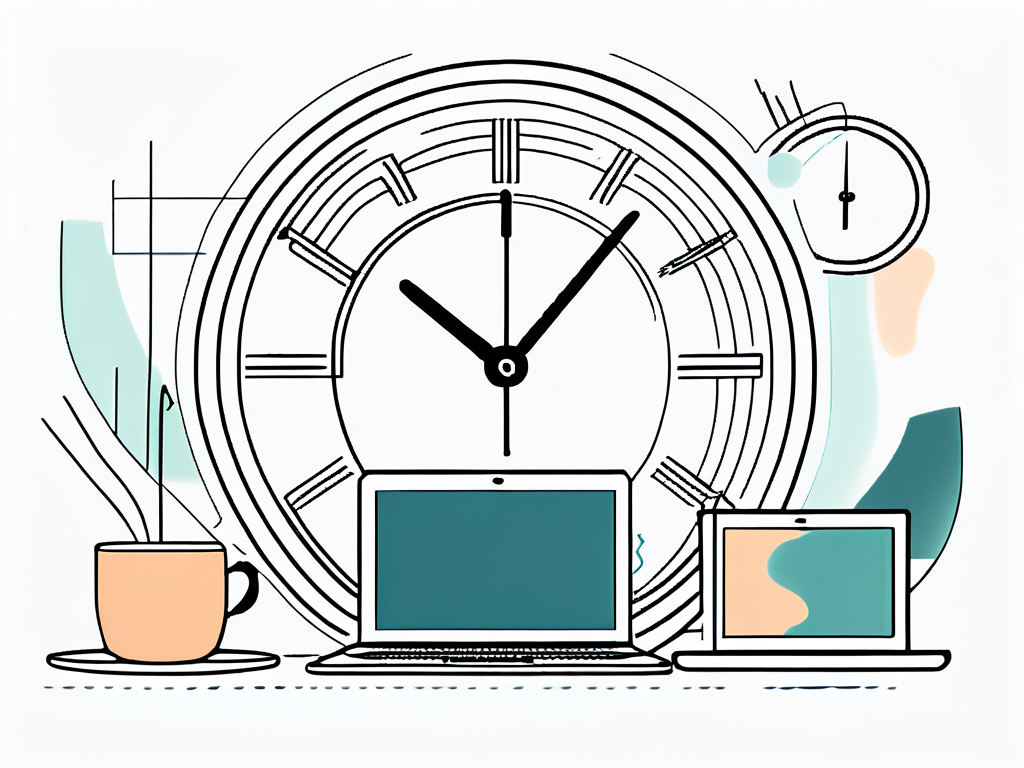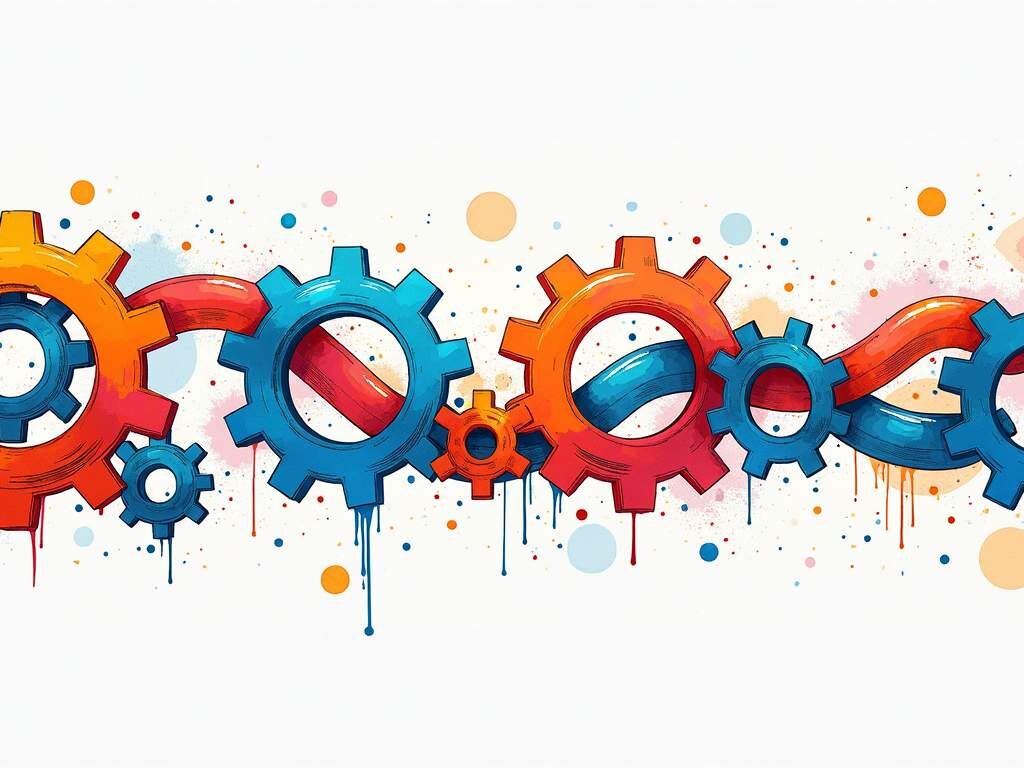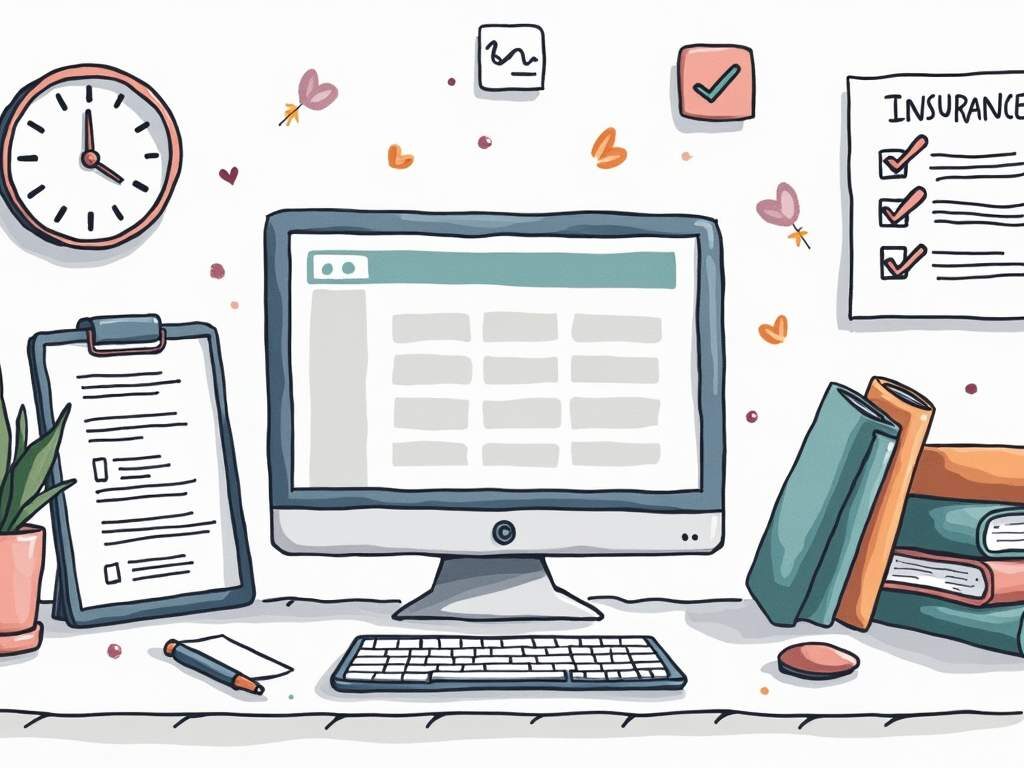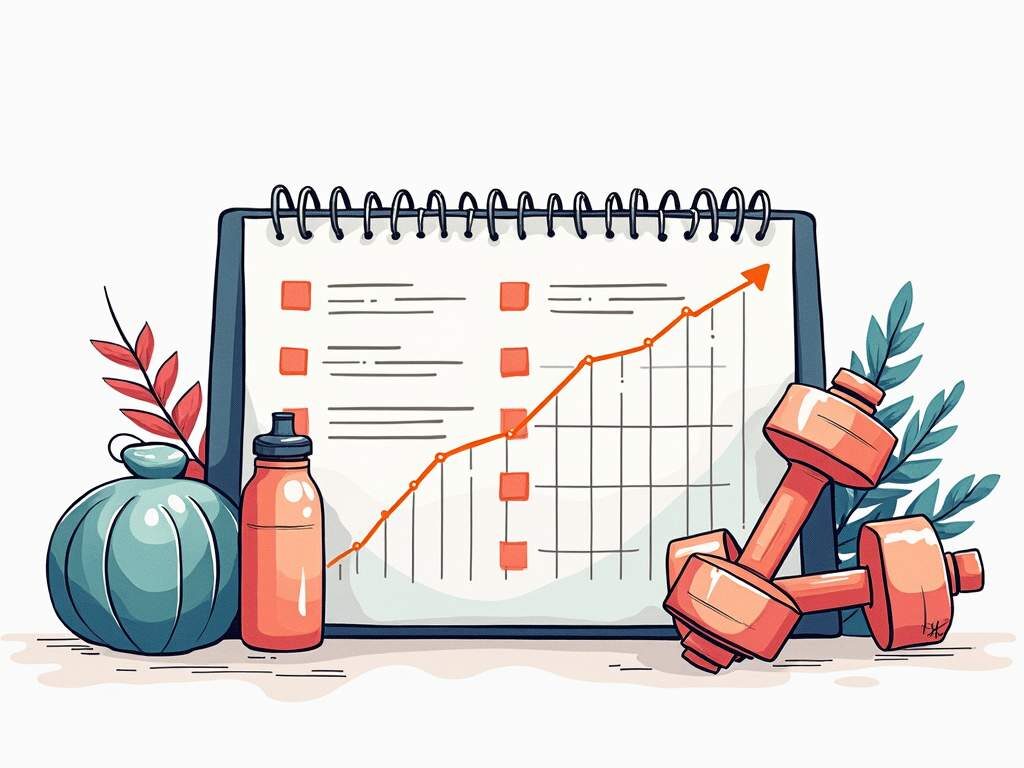As remote work continues to proliferate across various sectors, finding effective ways to maintain productivity has become essential. One strategy that has gained traction is the concept of timed work sessions. By implementing structured working blocks combined with regular breaks, distributed teams can enhance focus, minimize distractions, and improve overall performance. In this article, we’ll explore the concept of timed work sessions and how to apply them effectively in remote settings.
Understanding the Concept of Timed Work Sessions
Timed work sessions are structured periods during which individuals or teams focus on specific tasks without interruption. These blocks of time are often interspersed with short breaks, making it easier for workers to maintain high levels of concentration and enthusiasm. This approach is reminiscent of the Pomodoro Technique, where work intervals of 25 minutes are followed by 5-minute breaks, although variations can certainly exist.
In essence, timed work sessions create a structured environment that encourages the completion of objectives while reducing procrastination and mental fatigue. This method can be particularly effective in distributed teams where collaboration and communication can occasionally falter due to varied schedules and geographical distances.
The Science Behind Timed Work Sessions
Studies in psychology and productivity consistently suggest that working in focused bursts can optimize cognitive function. When workers engage in uninterrupted sessions, they are employing a concept known as ‘flow,’ characterized by deep concentration and high productivity levels. Achieving this state often leads to increased creativity and enhanced performance.
Furthermore, breaking work into timed segments aligns with the brain’s natural rhythms. Our attention spans are limited; consequently, maintaining focus for extended periods becomes increasingly challenging. Incorporating regular breaks allows for mental recovery, helping to stave off fatigue and burnout. This cyclical pattern of work and rest not only rejuvenates the mind but also enhances retention and understanding of the material being worked on, making it easier to tackle complex tasks.
Benefits of Timed Work Sessions for Remote Teams
Implementing timed work sessions can offer numerous advantages for remote teams. First and foremost, these sessions foster accountability. Team members are more likely to commit to their responsibilities when they know that they are working together within a designated timeframe.
Moreover, timed work sessions can create a sense of camaraderie among remote workers. Even if they are miles apart, collaborating via shared goals during these intervals can cultivate an inclusive atmosphere. This collaboration boosts morale and encourages improved communication practices within the team. Additionally, the structure of timed work sessions can help mitigate feelings of isolation that often accompany remote work. By scheduling regular intervals of focused work, team members can synchronize their efforts, leading to a more cohesive workflow and a stronger sense of belonging to the team.
Furthermore, the implementation of timed work sessions can also enhance productivity tracking. With defined periods for work, teams can easily assess what was accomplished during each session, allowing for better planning and prioritization of future tasks. This method not only aids in personal accountability but also provides valuable insights into team dynamics and efficiency, enabling leaders to make informed adjustments to workflows and strategies as needed.
Implementing Timed Work Sessions in a Remote Setting
Introducing timed work sessions into a remote work environment does not have to be a daunting task. With a proactive approach, companies can make seamless transitions that engage teams and optimize productivity.

Choosing the Right Time Management Tools
The first step in implementing timed work sessions is selecting appropriate time management tools. Several applications and platforms allow teams to set timers, track productivity, and encourage collaborative sessions.
- Trello: A project management tool that integrates Kanban-style task boards.
- Focus@Will: Provides curated playlists designed to enhance concentration.
- Clockify: A time tracking tool that allows teams to log their work hours easily.
Choosing tools that foster transparency and promote awareness of team goals can significantly enhance the work session experience. Additionally, integrating communication platforms like Slack or Microsoft Teams can further streamline the process, allowing for quick check-ins and updates without interrupting the flow of work. This combination of tools not only aids in time management but also fosters a sense of community among remote team members, making it easier to share insights and celebrate achievements.
Setting Up a Timed Work Session
Once the right tools have been identified, it is crucial to establish a framework for timed work sessions. Start by scheduling a regular cadence that everyone agrees upon, whether it’s daily or weekly meetings dedicated to focus work. Building a shared calendar where team members can block time will help everyone stay on the same page.
In addition, ensure clear communication of objectives for each session, allowing team members to prepare adequately. Assign roles if necessary, with some individuals responsible for leading discussions while others focus on executing their tasks. This structure creates an organized atmosphere where everyone can thrive. Moreover, consider incorporating short breaks between sessions to allow team members to recharge. Research shows that brief pauses can significantly enhance focus and creativity, making the overall work session more effective. Encouraging team members to step away from their screens, stretch, or grab a snack can lead to renewed energy and improved collaboration when they return to their tasks.
Overcoming Challenges in Timed Work Sessions
While timed work sessions are effective, they can present unique challenges, especially in a remote work environment. Identifying and addressing these potential hurdles is essential for success.

Dealing with Time Zone Differences
For teams spread across the globe, time zone differences can hinder collaboration. To overcome this, establish core working hours that accommodate the majority of the team. Consider rotating the timing of sessions to ensure that no one time zone consistently bears the burden of inconvenient hours.
Moreover, providing recorded sessions can allow those unable to attend to stay informed and engaged. Ensure that discussions and key takeaways are shared in a collective platform for easy access. This practice not only fosters inclusivity but also encourages team members to contribute asynchronously, allowing for a richer exchange of ideas as they reflect on the discussions at their own pace. Additionally, utilizing tools that display multiple time zones can help everyone visualize when their colleagues are available, further enhancing coordination.
Managing Distractions and Interruptions
Distractions are abundant in remote environments, from household chores to familial interruptions. Encourage team members to prepare their workspaces and allocate specific areas dedicated to focused work during timed sessions.
Implementing strategies such as do-not-disturb modes on communication platforms can contribute to a distraction-free environment. Additionally, team leaders should champion open conversations around interruptions and distractions, allowing for better understanding and accommodation. It may also be beneficial to establish a ‘quiet hours’ policy where team members agree to minimize interruptions during critical work sessions. Furthermore, sharing tips on managing distractions, such as using noise-canceling headphones or creating a pre-session checklist to ensure all personal tasks are completed beforehand, can empower team members to take control of their work environment and enhance productivity.
Maximizing Productivity in Timed Work Sessions
Even with the best laid plans, merely setting up timed work sessions isn’t enough. Teams must continually adapt and refine their approaches to get the most significant value from these intervals.

Balancing Work and Breaks
Properly balancing work sessions with breaks is crucial to sustaining productivity. Encourage the use of the 50/10 method—50 minutes of focused work followed by a 10-minute break. This balance allows team members to recharge without losing momentum.
During break times, suggest engaging activities like physical exercise, stretches, or relaxation techniques. These activities help to clear the mind and can enhance creativity and problem-solving abilities when returning to work.
Maintaining Consistency and Routine
To achieve sustained productivity, maintaining consistency is vital. Encourage teams to stick to a regular schedule for timed work sessions, fostering a routine that becomes second nature.
Consistency also helps in reinforcing habits. The more often team members engage in timed sessions, the more comfortable and proficient they become. Over time, this routine not only enhances productivity but also leads to higher job satisfaction.
Measuring the Impact of Timed Work Sessions
To truly understand the effectiveness of timed work sessions, it is essential to evaluate their impact on productivity and performance.
Evaluating Team Productivity
Utilize key performance indicators (KPIs) to track the productivity levels of your team. Metrics such as tasks completed per session, adherence to timelines, and engagement levels during sessions can provide valuable insights. Regularly reviewing these KPIs allows teams to gauge improvements over time.
Feedback from team members is also crucial in evaluating productivity. Conducting anonymous surveys can help identify areas for improvement, ensuring that everyone has a voice in the process.
Assessing Individual Performance
In addition to team-wide productivity, evaluating individual performance offers a more comprehensive perspective. Encourage team members to self-reflect on their productivity levels, challenges faced, and successes achieved during timed work sessions.
This practice can foster a culture of accountability, allowing individuals to take ownership of their performance while fostering a growth mindset. By comparing individual performance against past metrics, team members can recognize personal development and adapt to the evolving work environment.
In conclusion, leveraging timed work sessions can significantly improve productivity for distributed teams. By understanding their implementation, overcoming challenges, and continuously measuring impact, organizations can create an environment that promotes high performance and enhances overall team dynamics. Emphasizing communication, accountability, and a supportive structure will pave the way for success in the remote work landscape.





